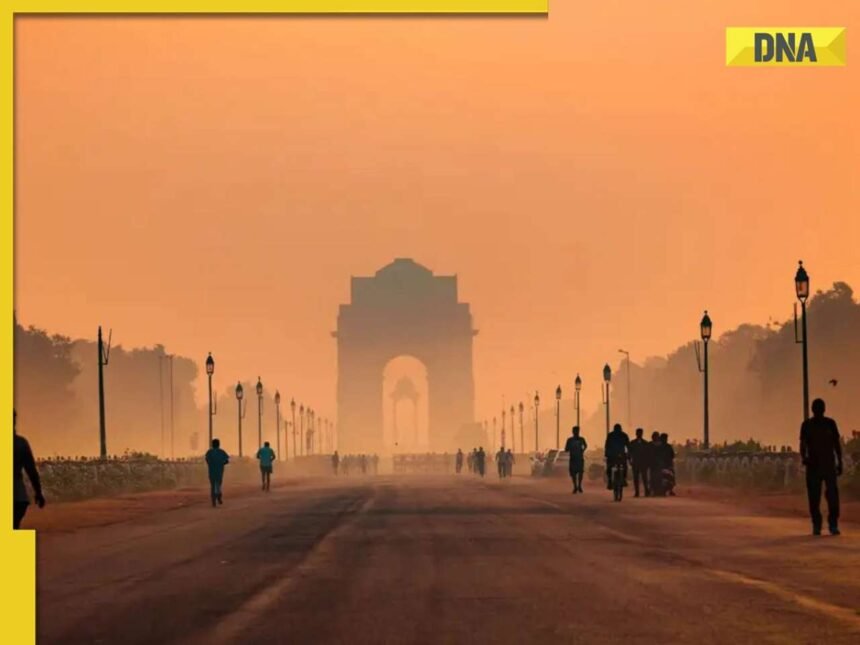The main pollutants in Delhi are particulate matter (PM2.5), nitrogen dioxide and carbon monoxide.
Delhi is battling severe air pollution after Diwali, but many Indian cities still enjoy clean, fresh air. Delhi’s Air Quality Index (AQI) has been consistently above 300 and recently reached 350, putting the city in the “very poor” category. This poses serious health risks, especially for those with respiratory illnesses. The main pollutants in Delhi are particulate matter (PM2.5), nitrogen dioxide and carbon monoxide. Despite measures such as a ban on setting off firecrackers, the city has struggled to control pollution levels.
In stark contrast, some cities in India maintain good air quality due to strategic location, fewer vehicles and aggressive pollution control measures. Here are 12 cities where residents enjoy clean air:
Gangtok, Sikkim: With an air quality index of only 29, Gangtok is the cleanest city in India, providing fresh, breathable air with ozone as the main pollutant.
Aizawl, Mizoram: Aizawl’s air quality index is 34, the air is much cleaner than Delhi, and the main pollutant is PM10.
Mangalore, Karnataka: Mangalore has an AQI of 32, reflecting its clean air, which is primarily polluted by carbon monoxide rather than particulate matter pollution.
Udupi, Karnataka: With an AQI of 45, Udupi is another city known for its healthy air quality.
Tirunelveli, Tamil Nadu: Tirunelveli has an Air Quality Index of 35, benefiting from low vehicle emissions and efficient waste management.
Thrissur, Kerala: Thrissur’s AQI is 46, highlighting its clean air and good natural surroundings.
Tuticorin, Tamil Nadu: Due to limited industrial activities, Tuticorin has an AQI of 46, reflecting its clean air.
Kolar, Karnataka: Kolar has an AQI of 40 and clean air due to fewer sources of pollution.
Kollon, Kerala: Kollon has an AQI of 48 and benefits from green spaces and a coastal location.
Kalaburagi, Karnataka: Kalaburagi has an AQI of 41 due to low population density.
Chamarajanagar, Karnataka: Chamarajanagar has an AQI of 40 and focuses on sustainable development practices.
Bhubaneswar, Odisha: With an AQI ranging between 40-60, Bhubaneswar remains a model for air quality management.
Amid India’s growing pollution crisis, these cities offer a chance to breathe fresh air.

